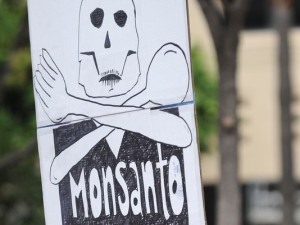Every year at this point in April, regardless of weather, Ohioans pull on their shorts. Many of these bare and vulnerable legs are an alarming shade of white, which one is well-advised to not look at directly. Ohio winters are long, and at this point we’ve watched all of Netflix and need to get out of the goddamned house. We will sit at a picnic table in a parka and Daisy Dukes, if it comes to that, because it’s time to be outside.
I can’t say this Ohio beer-lover in particular is willing to reveal her alabaster gams, but she is ready for other summer activities, namely, summer beers. The breweries are way ahead of me, and summery wheat beers are already well-represented on the shelves and at the taps. Wheat beers are, by some magic of chemistry, delightfully refreshing, and thus often the style of choice for brewers making a warm-weather seasonal.
So, what is a wheat beer? Well, beer folk are notoriously non-obfuscationary, so your guess that wheat beers are brewed largely with wheat, instead of just barley alone, would be correct. In brewing they are top fermented and bottled conditioned. They are easy to pick out in a crowd: they’re unfiltered, hazy, and have a thick head; their smell will likely be of fruit or cloves; and they wear skinny jeans with slouchy hats while leaning against walls and playing on their phones. Continue reading


